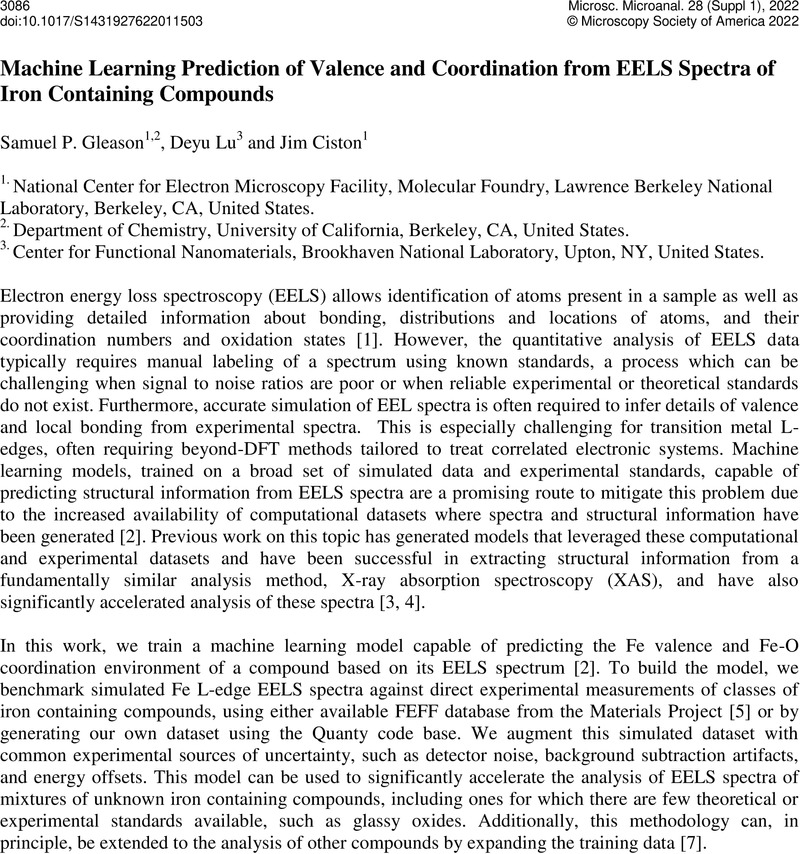This work was primarily funded by the US Department of Energy, Office of Science, Office of Basic Energy Sciences in the program “4D Camera Distillery: From Massive Electron Microscopy Scattering Data to Useful Information with AI/ML." Electron Microscopy use at the Molecular Foundry was supported by the Office of Science, Office of Basic Energy Sciences, of the US Department of Energy under Contract No. DE-AC02-05CH11231. This research used resources of the Center for Functional Nanomaterials (CFN), which is a U.S. Department of Energy Office of Science User Facility, at Brookhaven National Laboratory under Contract No. DE-SC0012704.
Google Scholar